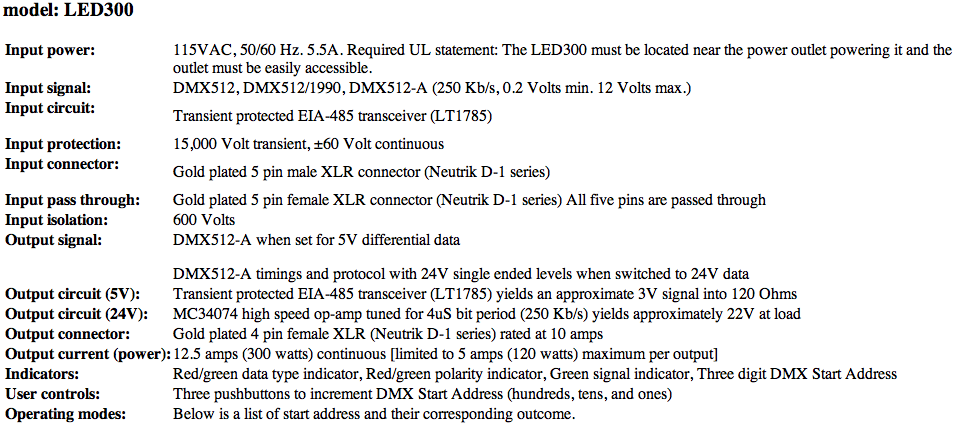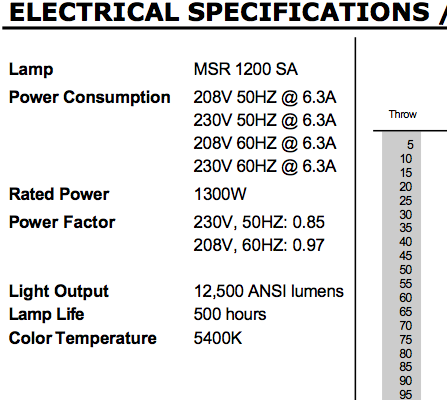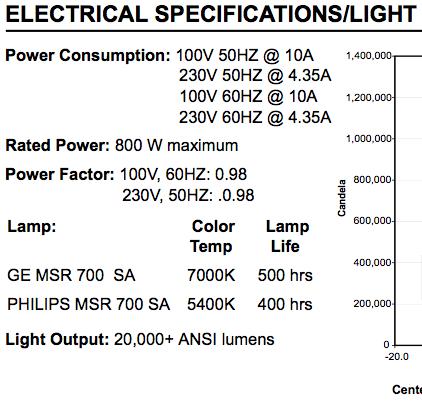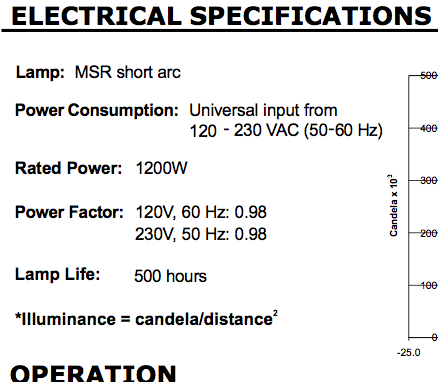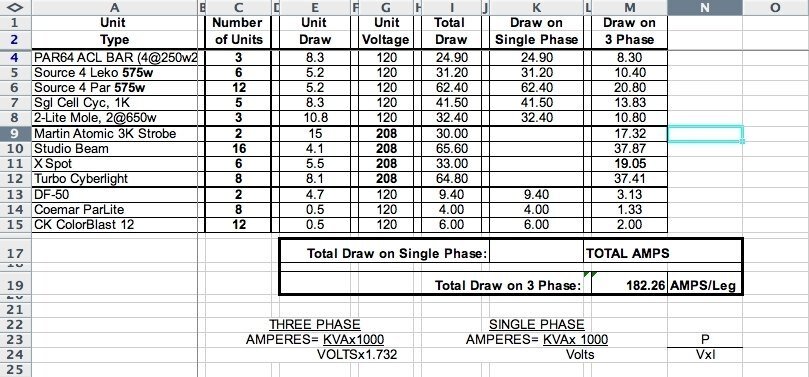How many amps per leg, 120/208VAC 3ØY, do I need for this?
8 High End Cyberlight Turbo Luminaire
16 High End Studio Beam Automated Luminaire
6 High End x.SPOT Automated Luminaire
2 Martin Atomic 3000DMX Strobe Fixture
(all of the above will run at 208V)
6 ETC Source Four Leko 575 watt - 36 Degree
5 Cyc Light - Moonlight Single Cell 1K
3 Bar of 4 Par 64 ACL 250watt - Black
2 Bar of 6 Black Source Four Par 575 w Medium
3 Procan 2 Lamp DWE Molefay
12 Color Kinetics Color Blast 12 LED Fixture
2 Doug Fleenor LED300 LED 6 Way Power Supply
8 Coemar ParLite LED Fixture - Black
2 ReelFX DF-50 Hazers and Fans
(all of the above will run at 120V)
Last edited:





